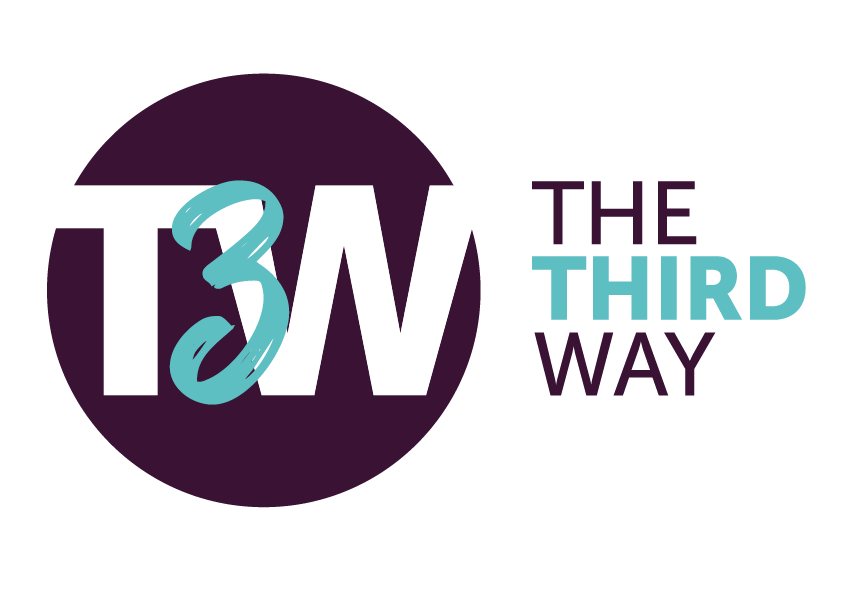The Value Proposition
When you know your target group, you can proceed with focusing on the Value Proposition. The reason for the existence of every organisation (your mission) is, after all, the fact that it delivers value to a certain segment of society. The products and services offered are a way to make this mission a reality. If it is not clear to the customers what exactly this value is, they will have no interest in it and then there is no sales market, resulting in no income.
Your Value Proposition is about answering the following questions:
- What customer problems do you solve and what needs do you meet?
- What are the products and services you put in place to accomplish this?
- What is the perceived customer value?
- What value or benefit do you create for customers? How do you communicate it?
Below we present some exercises which will aid you to gain more insight into:
- Who is involved in your products and services (ecosystem analysis).
- How to attune your offer to the wishes and needs of your customers (Value Proposition Canvas analysis by Osterwalder et al.)
- What the market in which you operate looks like (market analysis).
1. Ecosystem Analysis
A social enterprise offers training to become an assistant cook for people who are distanced to the labour market. For years the organisation employed a qualified cook who developed this training and offers it to ever new groups. Through its existing network, interested people from the target are reached, so that the program can be provided with the necessary influx (trainees). The value for the target group is that this training greatly enhances their access to employment. In the past, funding was provided by subscribing to government calls who granted the subsidies: the social enterprise, as a subcontractor, performs one of the government’s tasks, namely the labour market integration of all citizens. The relationships between the parties involved as well as the mutual value creation are represented in the grey colour on the drawing below.
In order to diversify financially, this social enterprise is investigating whether other income could be generated in addition to government subsidies. There is no shortage of ideas and two feasible options are selected (highlighted in the blue colour in the drawing below).
1. Soup and sandwiches can be offered to the companies in the industrial area where the company is located. This is a simple model: the supply of a product at market price.
2. The organisation can mediate the employment of trained trainees with employers, for which she may charge a fee.

To do this exercise for your own organisation, take a large sheet of paper and some markers and follow the instructions below.
STEP 1: Define which parties are involved in your business idea:
- Customers.
- Target groups.
- Core suppliers.
- …
STEP 2: Determine what value the new business idea delivers to all of these parties:
- Express this with an arrow.
- Write the nature (and possibly the magnitude) of the value next to the arrow.
STEP 3: Determine what value the new business idea receives from all of these parties:
- Express this with an arrow.
- Write the nature (and possibly the magnitude) of the value next to the arrow.
STEP 4: Check whether mutual value is being delivered (sustainable relationships require an equal, mutual exchange of value)
2. Value Proposition Canvas
The Value Proposition Canvas lets you think about what exactly the user of your product or service needs, and how you can respond to it.

To do this exercise for your own organisation, take a large sheet of paper and some markers, and follow the instructions below.

If you want to do the exercise for your own offer, you can here and download the template as a PDF file.



